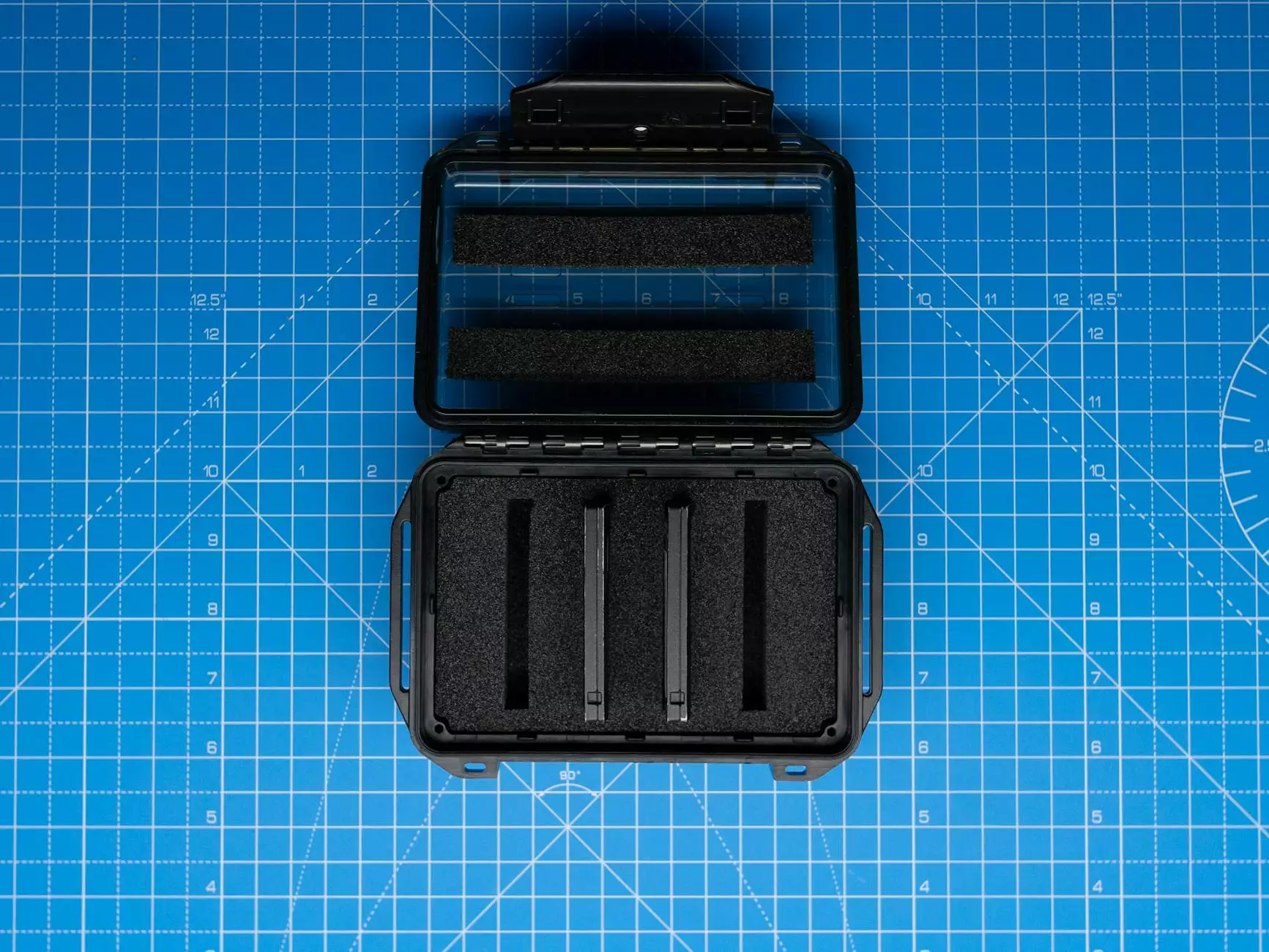Thymus Operation for Myasthenia Gravis: A Comprehensive Guide

Myasthenia Gravis (MG) is an autoimmune disorder that significantly impacts the neuromuscular junction, leading to debilitating muscle weakness and fatigue. In many cases, patients with myasthenia gravis may benefit from a thymus operation, also known as a thymectomy. This article delves deep into what myasthenia gravis is, how a thymus operation can help, and what patients can expect from the procedure and recovery.
Understanding Myasthenia Gravis
Myasthenia gravis affects the communication between nerves and muscles. The primary issue arises when the immune system mistakenly attacks the receptors responsible for muscle contraction. This results in fluctuating muscle weakness, particularly affecting the eyes, face, throat, and limbs.
Symptoms of Myasthenia Gravis
Common symptoms of MG include:
- Muscle Weakness: Patients often experience weakness that worsens with activity and improves with rest.
- Ptosis: Drooping of one or both eyelids, which can affect vision.
- Dysphagia: Difficulty swallowing, which can lead to choking or aspiration.
- Difficulty Breathing: In severe cases, respiratory muscles can be affected, leading to respiratory distress.
- Fatigue: Chronic fatigue that is exacerbated by physical exertion.
The Role of the Thymus Gland
The thymus gland, located behind the sternum, plays a vital role in the immune system, particularly during childhood. It is essential for the development and maturation of T-lymphocytes (T-cells), which are crucial in fighting infections. However, in cases of myasthenia gravis, the thymus can become hyperplastic or develop a tumor, known as a thymoma. This is where the thymus operation becomes relevant.
Thymectomy: What Is It?
A thymectomy is a surgical procedure that involves the removal of the thymus gland. It is primarily performed in patients diagnosed with myasthenia gravis, especially when other treatments, such as medication, are not adequately controlling symptoms.
Benefits of Thymus Operation for Myasthenia Gravis
The thymus operation can yield significant benefits for patients suffering from myasthenia gravis:
1. Symptom Relief
Many patients experience a reduction in symptoms post-surgery, including improved muscle strength and reduced fatigue levels.
2. Decreased Dependency on Medications
Following a thymectomy, some patients require lower doses of immunosuppressive medications, alleviating potential side effects from long-term drug use.
3. Potential for Remission
Thymectomy has been shown to induce remission in some individuals, particularly younger patients or those without a thymoma.
The Thymectomy Procedure
The thymectomy can be performed through various surgical techniques, and the choice depends on the patient’s condition and the surgeon's expertise.
Types of Thymectomy
1. Transsternal Thymectomy: This is the traditional approach where the surgeon makes an incision in the chest to access the thymus gland.
2. Video-Assisted Thoracoscopic Surgery (VATS): This minimally invasive technique utilizes smaller incisions and a camera, leading to less postoperative pain and quicker recovery.
Preoperative Preparations
Before the procedure, patients undergo several evaluations, including:
- Medical History Review
- Physical Examination
- Blood Tests
- Imaging Studies (such as CT scans)
Recovery Process After Thymectomy
Recovery from a thymectomy varies among patients, but most can expect a hospital stay of several days, depending on the surgical approach used.
Postoperative Care
Patients are monitored for complications and provided with pain management strategies. Important aspects include:
- Wound Care: Keeping the surgical site clean to prevent infection.
- Physical Activity: Gradually resuming physical activities as guided by the healthcare team.
- Medications: Continuing or adjusting medications as needed.
Long-Term Outlook
Patients will have regular follow-ups to monitor their progress. While some may achieve complete remission, others may experience periodic symptoms. Long-term management and support are essential for maintaining the best quality of life.
Is Thymectomy Right for You?
If you are living with myasthenia gravis and considering a thymus operation, discuss thoroughly with your healthcare provider. Key considerations include:
- Age and overall health
- Severity of symptoms
- Response to current treatments
Conclusion
The decision to undergo a thymectomy as a treatment for myasthenia gravis can be life-changing. By understanding the role of the thymus operation and working closely with a skilled surgical team, many patients can achieve significant improvements in their symptoms and overall well-being.
For more information on myasthenia gravis treatments and expert surgical care, contact Neumark Surgery, a leader in health and medical services in the field of neurology and surgical procedures.
thymus operation myasthenia gravis








